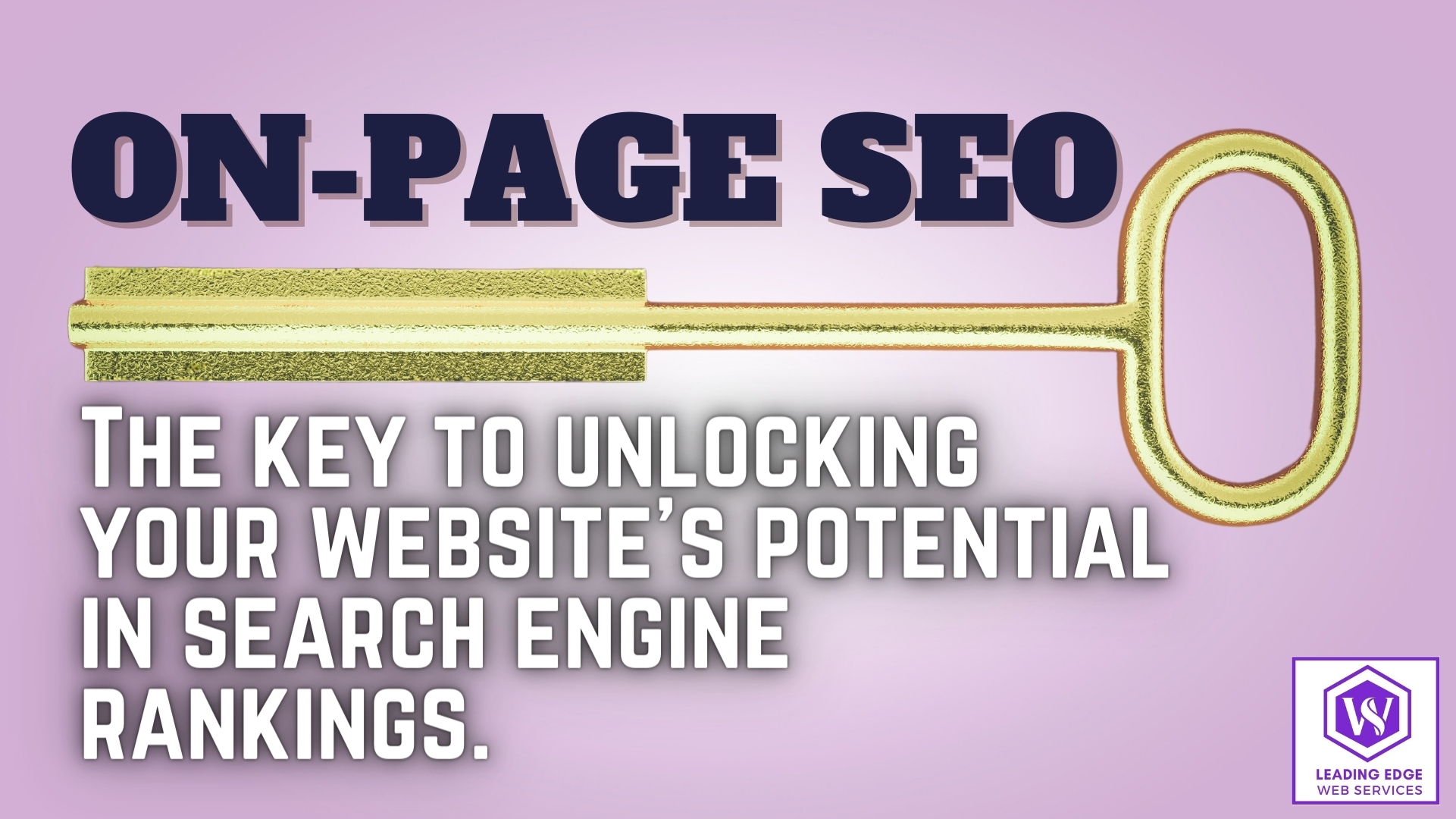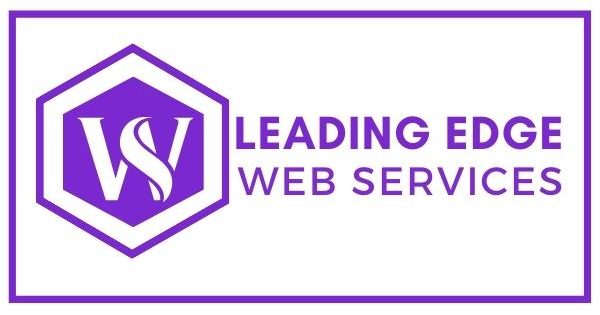
What is On-Page SEO?
Why is On-Page SEO Important?
Key Elements of On-Page SEO
- Title Tags
A title tag is an HTML element that specifies the title of a web page. It’s the first impression of your site that users see in the SERPs, so make it count! - Meta Descriptions
Meta descriptions provide a concise summary of a web page’s content. They appear under the title tag in the SERPs and can influence click-through rates. - Header Tags
Header tags (H1, H2, H3, etc.) help to identify headings and subheadings within your content. They not only make your content easier to read for users but also help to improve your SEO. - Keyword Usage
While keyword stuffing is a thing of the past, keyword usage still plays a vital role in on-page SEO. It’s about using relevant keywords naturally within your content to help search engines understand what your page is about. - Internal and External Links
Internal links help to establish site architecture and spread link equity, while external links to reputable sites can help to increase the credibility of your site. - Image Optimisation
Images can help to make your site more visually appealing, but they can also contribute to your SEO. Use relevant file names, and alt text – and keep them to a reasonable size to improve load times.
Practical Tips for On-Page SEO
Focus on Quality Content: Content is king. Ensure your content is unique, relevant and adds value to your audience.
Optimise Page Load Speed: Slow-loading pages can increase bounce rates. Optimise images, leverage browser caching and reduce redirects to improve load speed.
Mobile-Friendly Design: With more users browsing on mobile devices, having a mobile friendly design is essential.
Use Social Sharing Buttons: Social signals may not directly impact rankings, but they can help to increase visibility and traffic to your site.
Regularly Update Your Content: Fresh content is a signal to search engines that your site is relevant and up-to-date.
Yes, on-page SEO is a fundamental aspect of SEO strategy that plays a crucial role in how well
your website performs in search engines.
As you embark on your journey in the digital world, remember that mastering on-page SEO is just the beginning. It’s a continuous process of learning, implementing and improving.
If you found this article helpful and are eager to learn more about how to navigate the world of SEO, feel free to connect with me. Let’s grow together in this exciting digital landscape.
Remember, every big journey begins with a single step. Take that step today.
Connect, learn and let us make the digital world a better place – one web page at a time.
